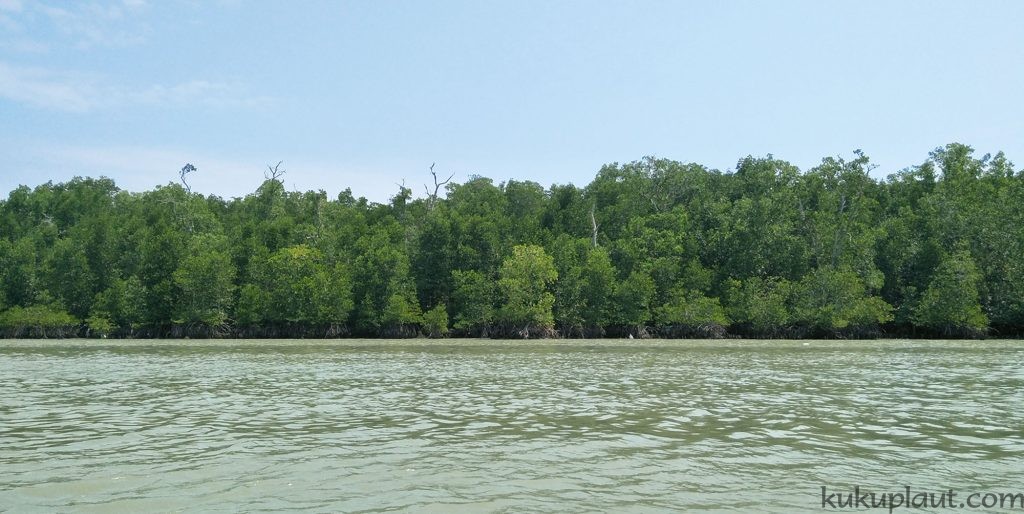How safe is Malaysia from Natural Disasters?
Malaysia is not earthquake-free, earthquake precaution is necessary
For many Malaysians, we are lucky as there are no volcanoes and no major earthquakes in Malaysia. When Malaysians watch earthquake disasters happening in other countries, they believe that it is a nightmare faced by the disaster-stricken people and will never happen in Malaysia.
On December 26, 2004, a major earthquake hit off the west coast of Indonesia’s Sumatra Island triggering a tsunami. It was the first time in Malaysia’s history to witness the ferocity of the frightening tsunami. Despite this event, many still believe that tsunami will never hit Malaysia as there are no earthquakes here. However, Malaysia is now an earthquake zone the day the tsunami hit the coast of West Malaysia.
Despite after many years and the professional opinions of scholars and experts, there are no earthquake precautions taken seriously. In addition, the lack of civic and environmental awareness made it difficult to promote earthquake safety awareness.
Lessons should be learnt from the two major earthquakes in Mexico in 1985 and 2017. After the 1985 earthquake, the local authorities launched long-term earthquake disaster prevention measures and education. In addition, the improvement of the structural conditions helped reduced the damaged caused by the 2017 earthquake. Unfortunately, serious corruption problems weakened Mexico’s efforts in earthquake precautions. In fact, complaints are filed by Mexican residents against illegal construction projects have increased over the years.
In conclusion, Mexico’s earthquake precaution efforts should be taken by the Malaysian government without further delay.
Tsunami risk
With the current technology, natural disasters like earthquakes and tsunami can only be predicted but not prevented. Following the 2004 Indian Ocean tsunami, the Malaysian Department of Environment launched a tsunami warning system, Malaysian National Tsunami Early Warning System (SAATNM). The Malaysian Department of Environment installed 17 earthquake monitors and 23 alarms in high-risk areas.
Analysis of global tsunami and seismic data by experts suggests that Malaysia may be vulnerable to future tsunami. Malaysia has mangrove forests along the coast to protect against tsunamis. However, these mangrove forests are threatened by us and starting to decrease. As a result, Malaysia may be affected by tsunami waves if the trend continues. Therefore, mangrove conservation efforts are needed to ensure the protection of the coastal areas of Malaysia.
Looking at Asia the world map, you can see how close Malaysia is to the earthquakes hitting in the area over the past 40 years. Many tourist spots and resorts are at the western coast of Malaysia which is close to the Indonesian island of Sumatra. It is a miracle that Malaysia remains unscathed after the 2004 tsunami which claimed tens of thousands of lives.
Malaysia’s largest mangrove island, Pulau Kukup, is right here in Kukup, and it is also the second largest mangrove forest in the world. During the Indian Ocean tsunami, Pulau Kukup has proved its effectiveness to serve as a barrier of the coastal lines against the waves. For this reason, as a natural barrier to the coastline, mangrove conservation measures are of great concern. It is grateful that the Malaysian government for the effort into the conservation of the mangrove in Pulau Kukup.
In conclusion, in addition to strengthening the breakwater structure constructions on the coastal areas, people should increase their environmental awareness and continue the conservation of the mangrove areas.
Mangrove conservation
There is a mangrove conservation program in Pulau Kukup.
Consult with the staff on Pulau Kukup and you to can join in the conservation efforts!
Please read: Pulau Kukup, Johor National Park




